
‘Star Watcher’ Figurine Found in Gedikkaya Cave Could Rewrite Human History
Archaeological excavations carried out between 2019 and 2023 in Gedikkaya Cave, located in Bilecik Province, northwest Türkiye, have uncovered groundbreaking evidence that could reshape the narrative of early human settlement. Among the remarkable discoveries is a marble figurine known as the “Star Watcher,” which is believed to date back to the Chalcolithic period (5500–3500 BCE) and may even predate the famous site of Göbekli Tepe.
Led by Associate Professor Deniz Sarı from Bilecik Şeyh Edebali University, and under the supervision of the Bilecik Museum, the excavations revealed multiple layers of human activity. Radiocarbon analysis suggests that the earliest human presence in the cave dates to the Epipaleolithic period, around 16,500 years ago — long before many other known settlements.
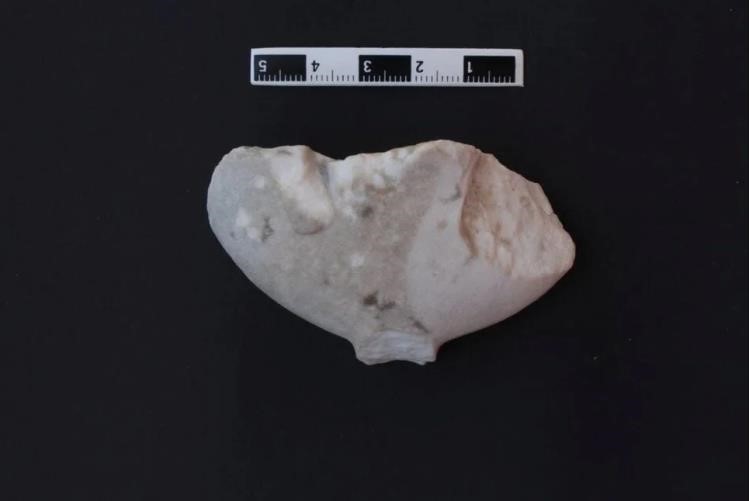
A Figurine That Crossed Regions and Eras
The marble artifact, carved in the Kilia style, represents a highly stylized human figure with minimal facial features — typically associated with Aegean cultures. Its discovery deep inland, far from the Aegean coast, suggests previously unknown interactions between distant communities during prehistoric times.
According to Dr. Sarı, the presence of this object in Gedikkaya Cave indicates that groups migrating from southwestern Anatolia likely brought cultural elements with them, briefly settling in the area before moving on.
📣 Our WhatsApp channel is now LIVE! Stay up-to-date with the latest news and updates, just click here to follow us on WhatsApp and never miss a thing!!

“The Star Watcher figurine found here, although typical of Aegean coastal sites, was unearthed in the depths of the Anatolian interior. That makes this find exceptionally important in understanding the spread of early cultures,” Sarı stated.
A New Chapter in the Story of Human Settlement
Gedikkaya Cave offers compelling evidence that this region may have been one of the first places where humans transitioned from nomadic to settled life. With its mouth opening to the north and extending southward into the hillside at an elevation of 354 meters, the cave also sits within a broader archaeological landscape that includes Classical and Medieval ruins, along with an ancient necropolis.
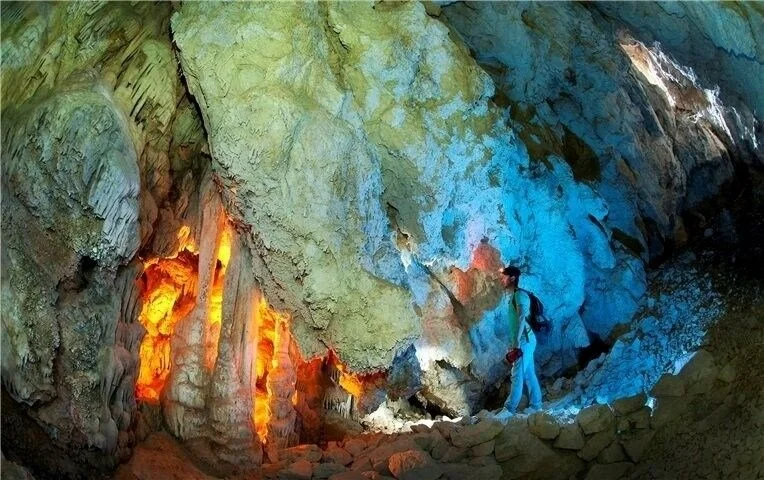
Artifacts recovered from the cave, including the Star Watcher figurine and numerous bone and stone tools, are now on display at the Bilecik Museum, offering the public a rare glimpse into early human history in Anatolia.
You may also like
- A 1700-year-old statue of Pan unearthed during the excavations at Polyeuktos in İstanbul
- The granary was found in the ancient city of Sebaste, founded by the first Roman emperor Augustus
- Donalar Kale Kapı Rock Tomb or Donalar Rock Tomb
- Theater emerges as works continue in ancient city of Perinthos
- Urartian King Argishti’s bronze shield revealed the name of an unknown country
- The religious center of Lycia, the ancient city of Letoon
- Who were the Luwians?
- A new study brings a fresh perspective on the Anatolian origin of the Indo-European languages
- Perhaps the oldest thermal treatment center in the world, which has been in continuous use for 2000 years -Basilica Therma Roman Bath or King’s Daughter-
- The largest synagogue of the ancient world, located in the ancient city of Sardis, is being restored

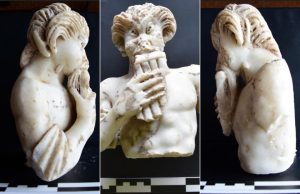
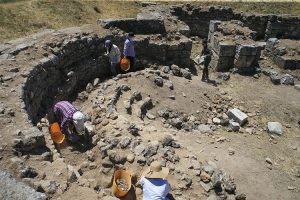
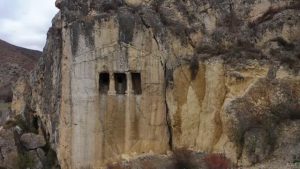
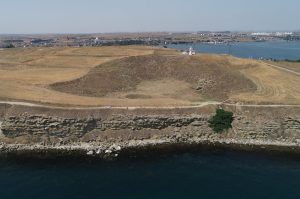
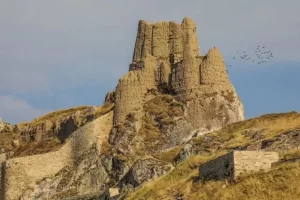



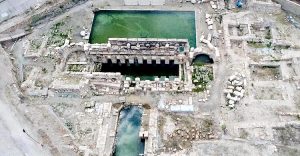
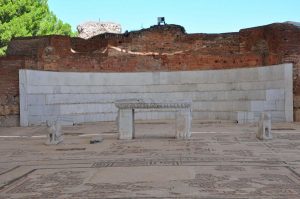
Leave a Reply